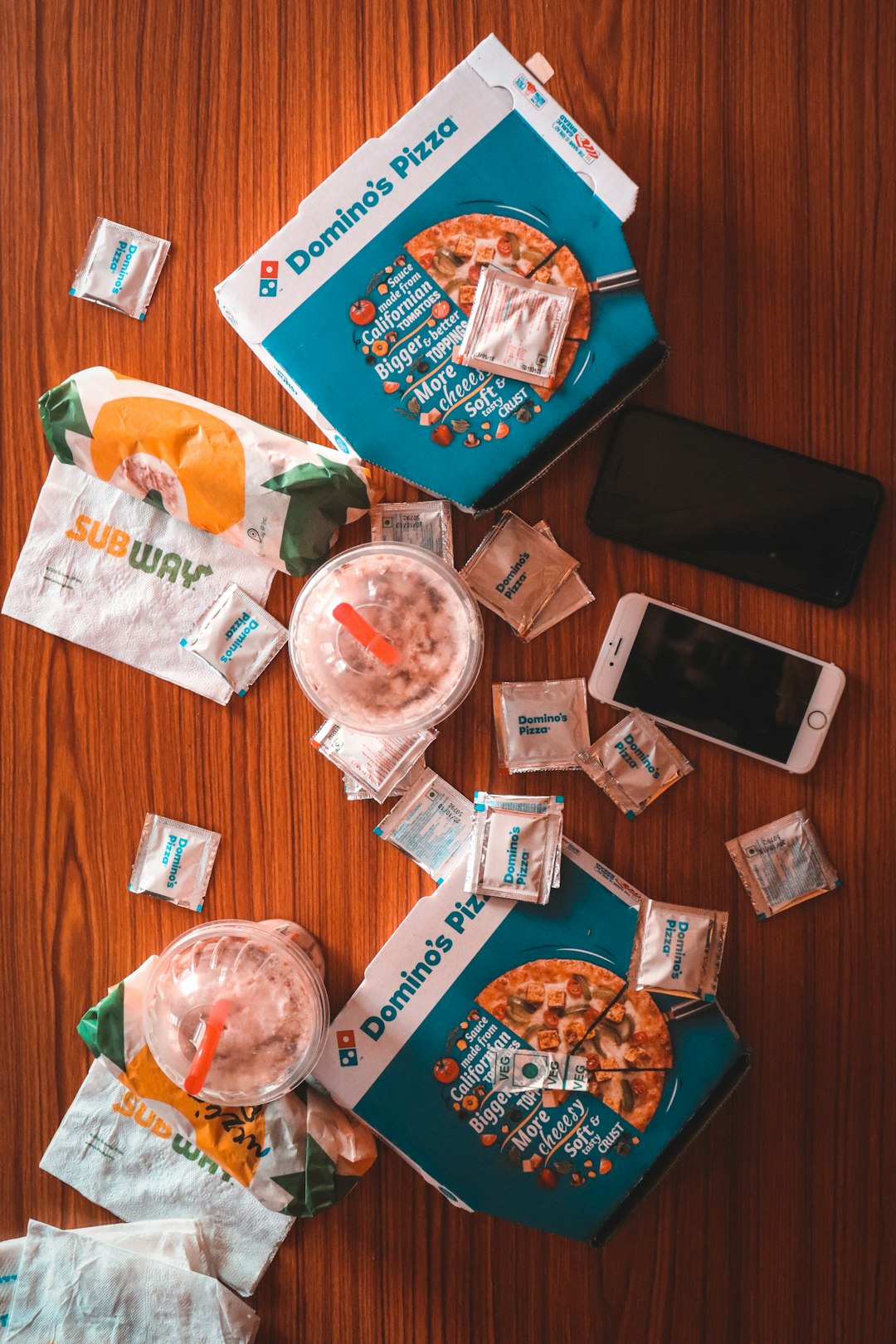
Shares of Domino’s Pizza Enterprises (NYSE: DPZ) tumbled over 11% on Tuesday, hitting their lowest level since January 16. The decline came after the company missed earnings expectations and reported a slowdown in same-store sales growth in the first seven weeks of the second half.
As of 0025 GMT, Domino’s stock was trading at A$28.8, down 10.7%, making it one of the biggest losers on the ASX200 index.
Earnings Miss and Slowing Growth
For the six months ended December 29, 2024, Domino’s reported:
Underlying profit after tax of A$58.8 million ($37.29 million) – slightly below Visible Alpha’s consensus estimate of A$59.3 million.
Same-store sales growth of 1.5% in the first seven weeks of 2025, down from 4.3% growth in the first five weeks when Lunar New Year boosted demand.
Revenue decline in key markets, with Asia posting a 7.1% drop to A$402 million.
Analysts at Jefferies noted that the 1.5% sales growth is below the Visible Alpha consensus estimate of 2.6% for the second half, signaling slower-than-expected consumer demand.
Domino’s Faces Challenges in Key Markets
As the largest master franchise of Domino’s Pizza outside the U.S., the company operates in 12 countries across Asia, Europe, Australia, and New Zealand. Japan alone accounts for over a quarter of its stores.
However, Asian operations have faced significant challenges:
Geopolitical tensions have impacted sales in Malaysia.
Brand perception issues related to ingredient supply in Taiwan hurt consumer trust.
Despite these setbacks, Domino’s maintained an interim dividend of 55.5 Australian cents per share, unchanged from last year.
Financial Health and Profitability Insights
To analyze Domino’s financial health, investors can refer to:
Company Rating API – Assess Domino’s financial risk, profitability, and growth potential.
? View Domino’s Company Rating
Owner Earnings API – Get insights into real cash profits beyond net income.
? Check Domino’s Owner Earnings
Outlook for 2025
Domino’s faces macro headwinds like rising competition, consumer spending shifts, and cost pressures in key markets. However, its continued dividend payout suggests management confidence in long-term stability.
Investors will closely watch upcoming earnings and financial metrics to gauge future profitability and store growth trends.

